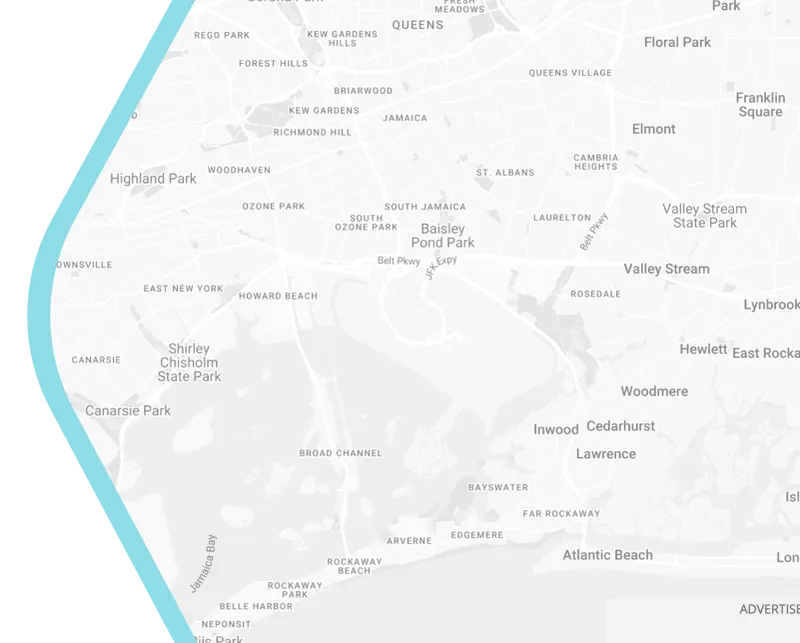
Policy Recommendation for Smart Urban Resilience: Evidence from China
Evidence from 282 cities in China in the span of 2009 to 2017 indicates that smart city implementation supports the improvement of urban resilience, particularly in the urban economics resiliency and social resiliency. Zhou et al. (2021) provide three recommendation for their study findings to increase urban resilience through smart city development.































